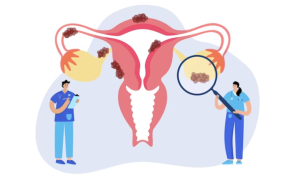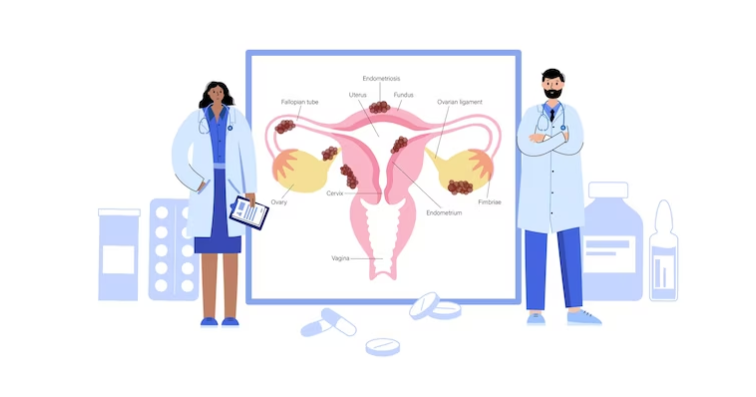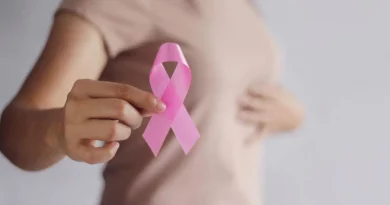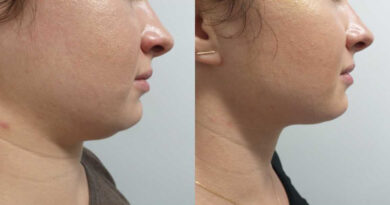What is Endometriosis and How is it Treated
Endometriosis is chronic. A usually painful condition where the uterus lining tissue (endometrium) grows outside of it. It most commonly affects women of reproductive age, but can also occur in postmenopausal women. Although there is no cure for endometriosis, there are treatment options available to help manage the symptoms and improve quality of life. In this blog post, we’ll discuss what endometriosis is, how it’s diagnosed, and some of the available treatments.
If you’re struggling with endometriosis, know that you’re not alone and there are resources available to help you cope.
How Endometriosis Can Be Treated?
There are several treatments available for endometriosis, including endometriosis surgery, hormone therapy, and pain medication. Let’s discuss all of them.
1. Surgery for Endometriosis
Endometriosis is a disorder that affects many women and can cause extreme pain and difficulty conceiving. Surgery can often provide tremendous relief for those who suffer from endometriosis as it removes the tissue and adhesions that are places where the endometrial-like tissue has grown outside of the uterus.
Surgery also helps to reduce pain associated with the condition by excising any loose implants and scarring around these implants. After surgery, many women find they have improved fertility because their internal organs will no longer be blocked or constricted by adhesions or inflamed tissue caused by endometriosis.
Additionally, some medications may be prescribed after surgery to help prevent further endometrial cell growth while others might help reduce pain due to scarring during recovery.
No matter what treatment plan is chosen, it is important to talk with your healthcare provider about what options make sense for you in order to achieve the best results possible.
2. Hormone Therapy
Hormone therapy is an effective treatment for endometriosis, a common health condition that affects millions of women. It involves using medications to suppress the production of certain hormones and change the body’s balance of estrogen and progesterone.
Hormone therapy can help reduce pain and slow or stop the growth of endometrial cells. It can also improve fertility and reduce heavier bleeding during menstrual periods. When considering hormone therapy for endometriosis, it is important to discuss all possible risks, effectiveness, and side effects with your doctor.
Your individual circumstances will guide which type of hormone therapy you may be prescribed and what dosage. Hormone therapy should be given with careful medical supervision to ensure proper safety, comfort, and overall ease of use.
3. Pain Medication
Endometriosis can be an extremely painful condition, and it is estimated that nearly 10% of women worldwide have been diagnosed with it. Fortunately, it can usually be managed effectively using pain medication.
Common medications used to treat endometriosis-related pain include nonsteroidal anti-inflammatories like ibuprofen or naproxen, as well as hormonal treatments such as birth control pills and gonadotropin-releasing hormones.
These medications help minimize the severity of endometriosis symptoms, including pelvic and lower back pain, cramping around the time of one’s period, and heavy menstrual bleeding. In some cases, a doctor may recommend pain medication in addition to hormone therapy in order to keep symptoms under control.
While medications do not typically cure endometriosis, they can help make living with the condition more manageable and reduce the level of discomfort experienced.

Tips for Coping With Endometriosis on a Day-To-Day Basis
Endometriosis is a painful condition that can have major impacts on day-to-day life. While there’s no general cure for endometriosis, there are plenty of ways to cope with it and ensure that you have the best possible quality of life.
One of the most important things to do when living with endometriosis is to manage your stress level – try mindfulness activities to reduce feelings of anxiety, get enough sleep, and find ways to relax such as regular exercise or taking a warm bath with essential oils.
Diet also plays an important role in managing endometriosis symptoms; avoiding processed foods, eating plenty of fiber, and including anti-inflammatory foods like oily fish and dark leafy green vegetables in your diet can help reduce inflammation.
Last but not least, make sure to always carry pain relief medication with you in case flare-ups occur so that you’re prepared at any time. With these tips in mind, it’s possible to manage endometriosis more effectively and lead a healthier lifestyle overall.
Conclusion
Endometriosis is a common and often debilitating condition that affects women of childbearing age. While there is no cure for endometriosis, there are treatments available that can help to manage the symptoms and improve quality of life.
If you think you may be experiencing symptoms of endometriosis, it’s important to see your doctor for an accurate diagnosis and to discuss the treatment options that are best for you. In the meantime, there are things you can do on a day-to-day basis to help cope with the pain and fatigue associated with endometriosis.
Finally, if you’re struggling to deal with endometriosis on your own, know that you’re not alone—there are plenty of support groups and resources available to help.




